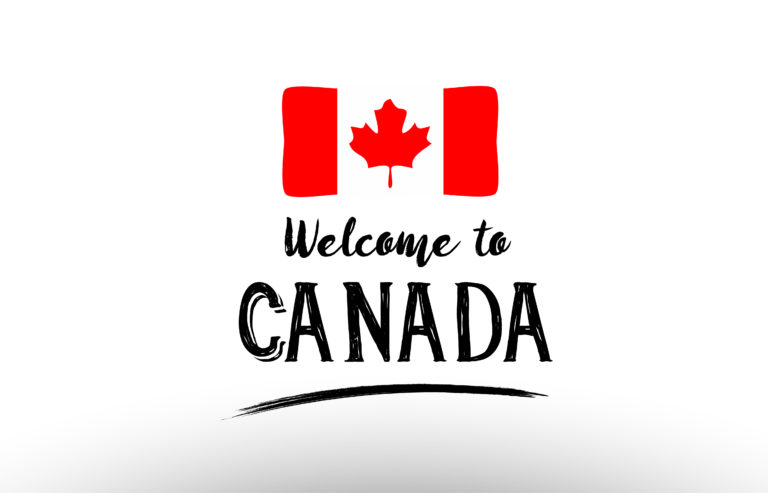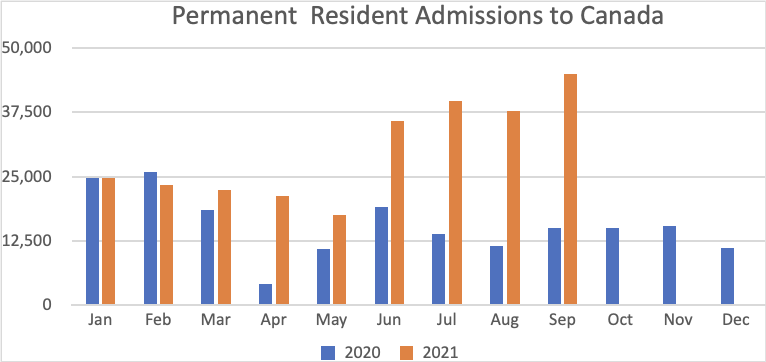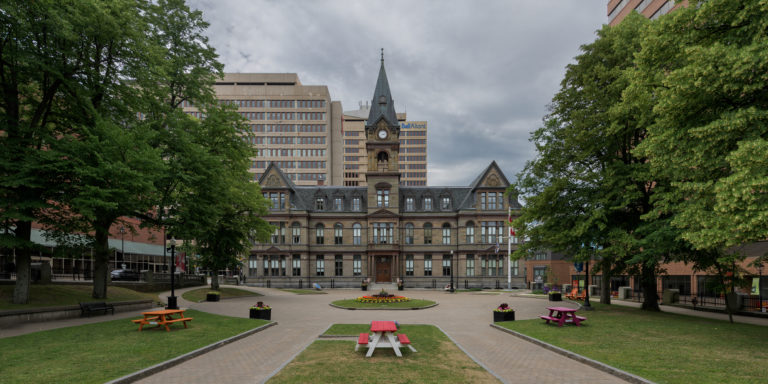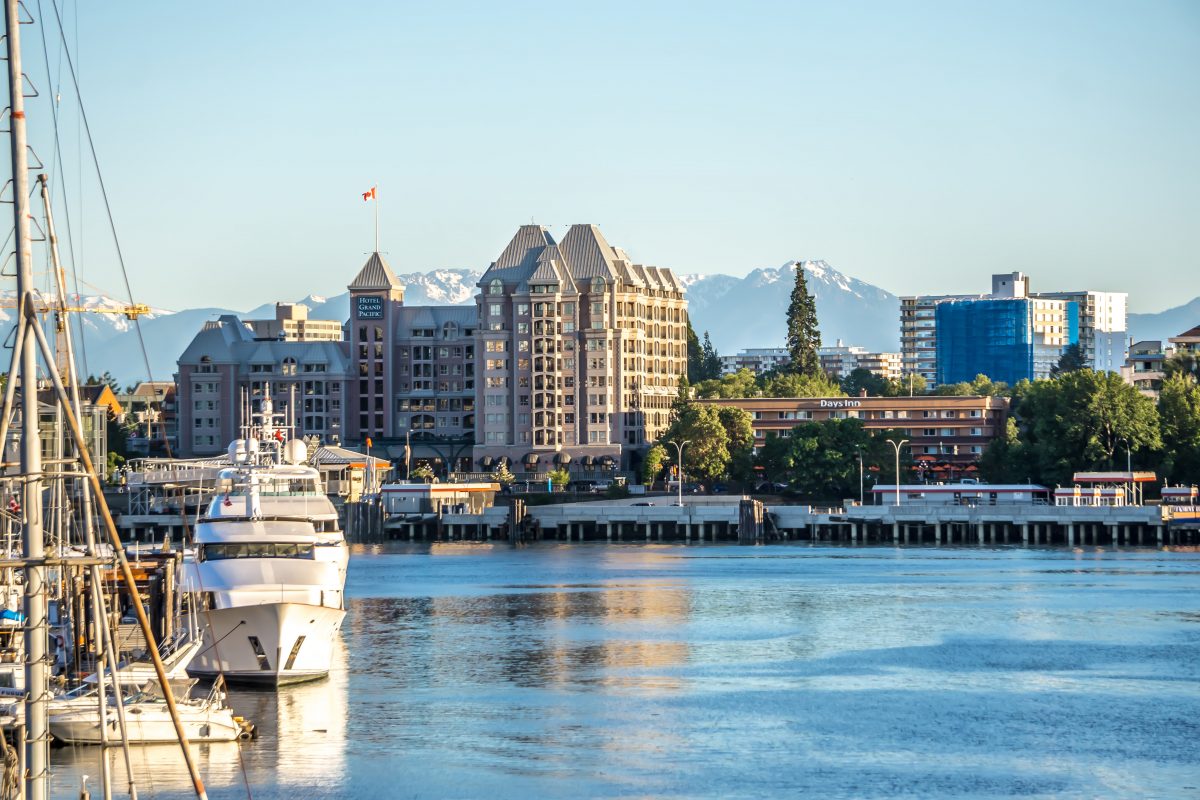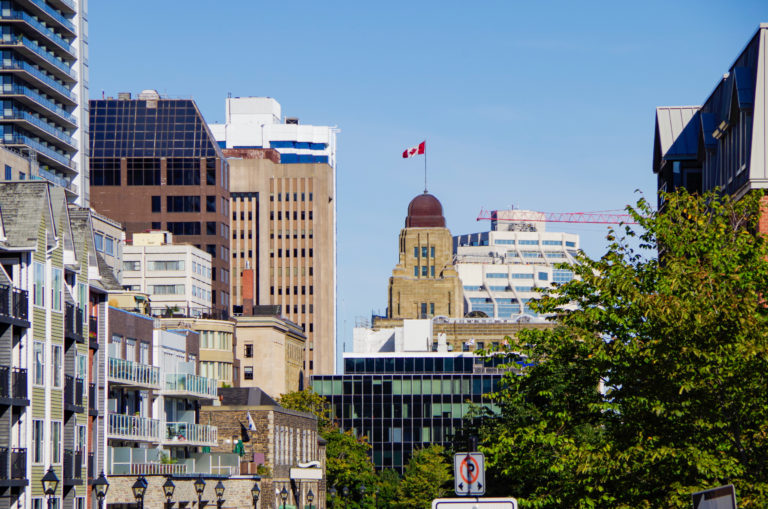Economic immigrants are welcomed with open arms in Nova Scotia, with immigration to the Atlantic Canadian province is now seen by provincial politicians as a key component of economic development.
“Nova Scotia is a special place and we are excited that more and more people see a future for themselves and their families here,” said provincial Immigration Minister Jill Balser earlier this year.
“Population growth is vital to our economic success. We have been preparing for growth, working with employers, communities and settlement organizations to get ready for more people to call Nova Scotia home.”
Read More Canada Immigration News
Nova Scotia PNP Draw: Province Targets French Speaking Candidates For Canada Immigration
Nova Scotia Jump Starts Francophone Immigration With New Action Plan
First Entrepreneur Immigration Draw In 11 Months Conducted By Nova Scotia
Certainly, foreign nationals are increasingly eyeing the coastal province with its combination of scenic views of the ocean, rolling hills and bustling urban life and job opportunities, as a great place to immigrate.
Immigration to Nova Scotia is on track to end this year up 53.5 per cent, up by 4,902 new permanent residents, and reach 14,062 based on the trend in the first eight months, reveals the latest data from Immigration, Refugees and Citizenship Canada (IRCC).
Last year, a record year for immigration to the province, Nova Scotia welcomed 9,160 new permanent residents.
This year’s surge in immigration to Nova Scotia – if the current trend continues – would also see the number of new permanent residents coming to the province close the year up more than 35.9 per cent compared to 2019, the last full year before the pandemic.
Nova Scotia has been gradually welcoming more immigrants since at least 2015 when the province saw the arrival of 3,425 new permanent residents.
The very next year, in 2016, immigration shot up by 60.9 per cent or 1,470 new permanent residents, to hit 5,510.
In 2017, immigration softened somewhat, sliding 18.1 per cent or 995 immigrants, as the number of new permanent residents fell to 4,515.
NSPNP And TR-to-PR Pathway Seeing Massive Growth This Year In Nova Scotia
But immigration surged back the following year, increasing by 1,470 new permanent residents or 32.6 per cent to hit 5,985.
And, in 2019, immigration jumped by 26.9 per cent again, another 1,610 new permanent residents, as the province welcomed 7,595 immigrants to its shores.
With the COVID-19 pandemic public health restrictions, border closures and travel restrictions, immigration to Nova Scotia plummeted in 2020 much as it did for all Canadian provinces and territories.
By the end of that first year of the pandemic, only 4,075 new permanent residents had settled in the province during the year, a drop of 53.6 per cent, one of the biggest declines in immigration for any Canadian province.
Last year, though, immigration in Nova Scotia roared back to life, soaring 160.2 per cent, or 5,640 new permanent residents, and the province ended the year welcoming 9,160 new permanent residents.
Fuelling growth in immigration this year are Nova Scotia’s Provincial Nominee Program (NSPNP) which is on track to end the year with growth of 167.8 per cent after having welcomed 6,105 new permanent residents. Last year, 2,280 new permanent residents came to the province under the PNP.
Another big driver of immigration in Nova Scotia this year is an doubling of those becoming permanent residents under the Temporary Resident to Permanent Resident (TR-to-PR) pathway.
IRCC data shows Nova Scotia is on track to have welcomed 1,852 new permanent residents under the TR-to-PR pathway by the end of the year, up 101.3 per cent from the 920 new permanent residents in 2021.
The increasingly-popular Atlantic Immigration Program (AIP) is on track to help 2,940 new permanent residents come to Nova Scotia this year, up 9.9 per cent from the 2,675 last year.
Families Are Being Reunited And Refugees Coming To Nova Scotia In Record Numbers
Family sponsorship programs in Nova Scotia are expected to show impressive growth this year, on track to close the year up 47.9 per cent and allow 1,080 new permanent residents to settle in the province. Last year, those programs welcomed 730 new permanent residents.
Refugee programs are showing even greater growth, expected to end the year up 58.7 per cent in Nova Scotia as 1,097 refugees become new permanent residents in the province.
Noticeably down this year are the number of arrivals through the Canadian Experience Class (CEC) which is on track to end 2022 down 61.8 per cent from last year’s 1,670 new permanent residents.
Under its NSNP, the Atlantic Canadian province has a total of nine different streams with a target processing time for applications of three months.
Those nine streams are:
- Nova Scotia Experience: Express Entry;
- Nova Scotia Labour Market Priorities: Express Entry;
- Nova Scotia Labour Market Priorities For Physicians: Express Entry;
- Skilled Worker;
- Physician;
- Occupations In Demand;
- International Graduates In Demand;
- Entrepreneur, and;
- International Graduate Entrepreneur.
Nova Scotia also operates the Study and Stay program which is aimed at helping international students from China, India and the Philippines stay and build careers in the region after they graduate.
Under the Nova Scotia Experience: Express Entry stream, highly-skilled immigrants with experience in Nova Scotia can apply for permanent residency if they have one year of experience in a NOC O, A or B position.
The Nova Scotia Labour Market Priorities: Express Entry stream is designed to allow the province to single out specific occupations for immigration. The stream targets occupations for Letters of Interest, with Early Childhood Educators the first focus job.
Nova Scotia Two Provincial Pathways To Recruit Physicians
Physicians, including specialists and family physicians, with profiles in the Express Entry pool can apply for permanent residency through the Nova Scotia Labour Market Priorities For Physicians: Express Entry stream.
Another stream for physicians, the Nova Scotia Physician Stream, is similar. It assists the province’s public health system hire general practitioners, family physicians, and specialist physicians. It is designed to help recruit and retain doctors for positions the province has been unable to fill with a Canadian citizen or permanent resident.
The employer-driven Skilled Worker stream is aimed at foreign workers and international graduates. Employers who have been unable to fill positions with Canadian citizens or permanent residents can access the stream after receiving a positive Labour Market Impact Assessment (LMIA).
Nova Scotia’s Occupations in Demand Pilot targets intermediate-skilled jobs in high demand in the province. The target occupations are subject to change depending on labour market demand. It specifically targets jobs under NOC C.
That list on In-Demand Occupations in Nova Scotia includes:
- NOC 3413 – Nurse aides, orderlies and patient service associates;
- NOC 6513 – Food and beverage servers;
- NOC 6711 – Food counter attendants, kitchen helpers and related support occupations;
- NOC 6731 – Light duty cleaners;
- NOC 7511 – Transport truck drivers;
- NOC 7521 – Heavy equipment operators (except crane), and;
- NOC 7611 – Construction trades helpers and labourers.
The seventh stream is the International Graduates in Demand one introduced earlier this year.
The last two streams are designed to promote the growth of new businesses in Nova Scotia.
Under the Nova Scotia Entrepreneur stream, foreign nationals with business ownership or senior management experience who live in Nova Scotia can either start a new business or buy an existing business to gain permanent residency.
Work Permits Issued To Applicants Under The Provincial Entrepreneur Stream
Applicants are first issued a temporary Work Permit before applying for permanent residence after operating the business for a year. The stream uses an Expression of Interest format, where candidates in a pool are invited to apply.
The other stream to gain permanent residence by operating a business is the International Graduate Entrepreneur stream.
It is aimed at recent graduates from a Nova Scotia university or the Nova Scotia Community College. They must have started or purchased a Nova Scotia business and operated it for a year on a Post-Graduation Work Permit.
Then, there’s the Atlantic Immigration Pilot, an employer-driven group of three programs:
- the Atlantic High-Skilled Program;
- the Atlantic Intermediate-Skilled Program, and;
- the Atlantic International Graduate Program.
The Atlantic High-Skilled Program is aimed at skilled workers with management, professional or technical/skilled job experience with job offers of at least one year.
Those with offers for permanent jobs requiring a high school education and/or job-specific training can apply under the Atlantic Intermediate-Skilled Program.
The Atlantic International Graduate Program is aimed at candidates who have a degree, diploma or other credential from a publicly-funded institution in an Atlantic province and an offer for a job that will last at least one year but no work experience.
Each job offer made through the AIP requires provincial endorsement. The application for endorsement is handled by the employer after the candidate has their Settlement Plan.

